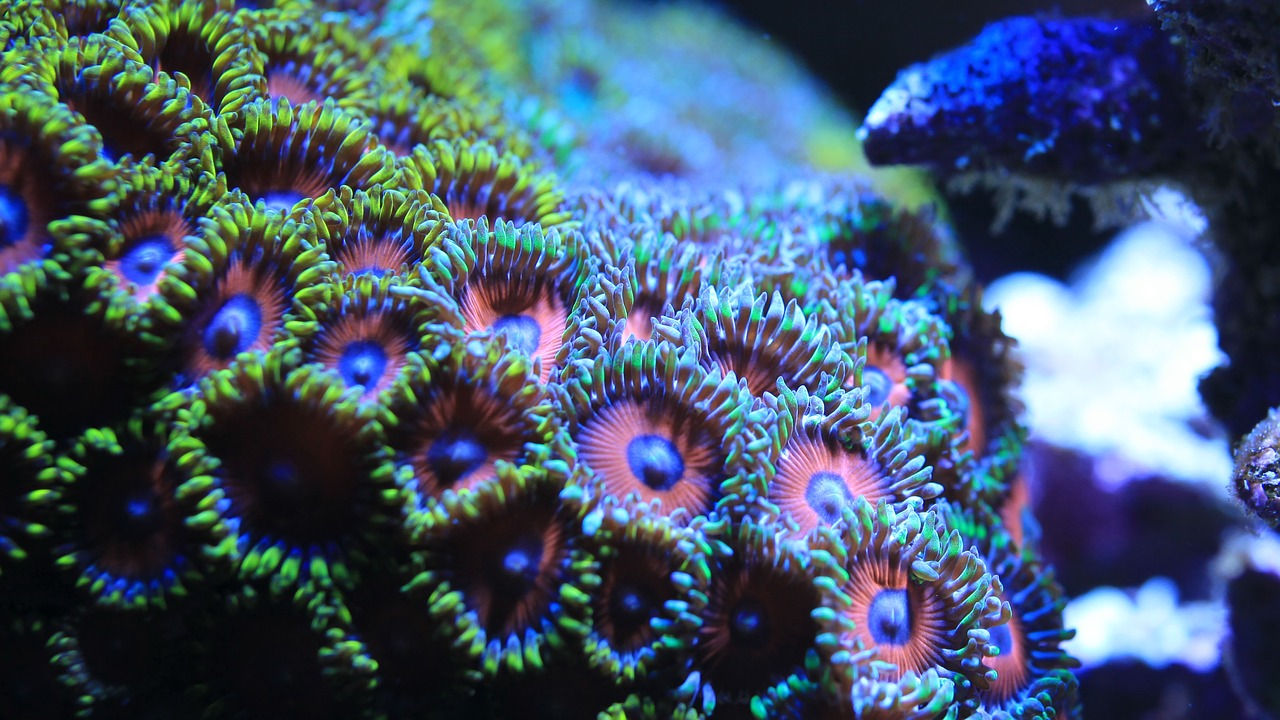Two men and their dogs rushed to hospitals after exposure to rare toxin in Hamilton
Published April 19, 2024 at 3:54 pm

Two men and their four dogs required major medical attention after they were exposed to a rare toxin in their Hamilton home.
The married couple, Chris Stewart and Will Evans, were cleaning out their saltwater fish tank on April 13 when Chris suddenly began to feel ill. The couple also has four dogs: Daisy, a mountain cur; Luna, a morkie; Ollie, a pomchi; and Romy, a Pomchorkie puppy. According to a GoFundMe set up by Chris’ sister Amber Raike, two of the dogs quickly began to show “severe symptoms of vomiting, shaking and lethargy.”
Raike told insauga.com that despite the scare, everyone is doing well.
In a move that likely saved everyone involved, the couple rounded up the dogs and immediately hit the road. They drove to Mississauga to reach the closest 24-hour veterinary clinic that could take all four dogs at once.
However, by the time they reached the vet, Chris had begun to exhibit the same symptoms as the dogs, including severe chest pain. The clinic called 911 and Chris was rushed to the hospital while Will drove behind the ambulance. Both men were admitted to the hospital when they arrived.
Testing revealed the men and their dogs were exposed to palytoxin when cleaning a coral in the fish tank. Palytoxin is a very rare but potentially deadly toxin. It’s known in the scientific community as one of the most toxic non-protein substances.

The scientific community knows little about palytoxin, except that it is produced by palythoa, a tropical coral, or an associated bacteria. Given its home deep underwater, humans are very rarely exposed to palytoxin, but it has been known to spread to neighbouring fish, sponges and crabs.
Indigenous Hawaiians first identified the toxin, leading to a local legend regarding “limu-make-o-Hana” or “seaweed of death from Hana.” This led to a local taboo about visiting a rock pool in the Hana region of Hawaii known to host the toxin. However, in the 1960s, scientists intrigued by the Native Hawaiian tales explored the pool and took samples.
The toxin was later scientifically named in the early 1970s, studied throughout the 80s and finally synthesized in 1994. It has since been learned the toxin blocks the sodium-potassium pump present in every cell in every vertebrate. The blockage leads to rapid cell death and ruptured red blood cells. This can result in violent contractions of the heart and other muscles.
There is no antidote for palytoxin exposure and it can only be treated by offsetting the symptoms until recovery.
As a result of the severe toxicity, Chris and Will remained in hospital over the weekend. They were released on April 15 “with hesitation from hospital staff as they don’t know a lot about this toxin and the progression or long-term effects,” wrote Raike.
Since the pair and the dogs were exposed by inhaling the toxin, they primarily experienced respiratory problems. The dogs were all diagnosed with pulmonary edema or a collection of fluid in the lungs.
“Basically the last few days for both my brothers and their dogs have been tests after test and just managing symptoms as they come by the doctors and veterinarians,” Raike wrote.
Additionally, the men’s home has to be thoroughly decontaminated by a biohazard company. As a result, they’ve had to stay with Chris’s mother since their release from the hospital.
Raike told insauga.com that the treatment racked up $13,000 in costs. As a result, she set up the GoFundMe to offset these emergency expenses.
Within a few days, the fundraiser has collected nearly $4,500 of the $10,000 goal for the pair and their dogs.
“My brother and brother-in-law are recovering well,” Raike says.
“My brother’s X-ray did show small pulmonary edema and the doctors recommend that he continue to use the inhaler and deep breathing. They are still quite weak and lethargic. The doctors and vets say the long-term effects are unknown but likely to be none. As of today, there are no new symptoms,” she said.
“The dogs occasionally cough and sneeze and tire more easily, but the vets say that’s normal. So far we got really lucky as this could have ended a lot worse.”
inthehammer's Editorial Standards and Policies advertising




